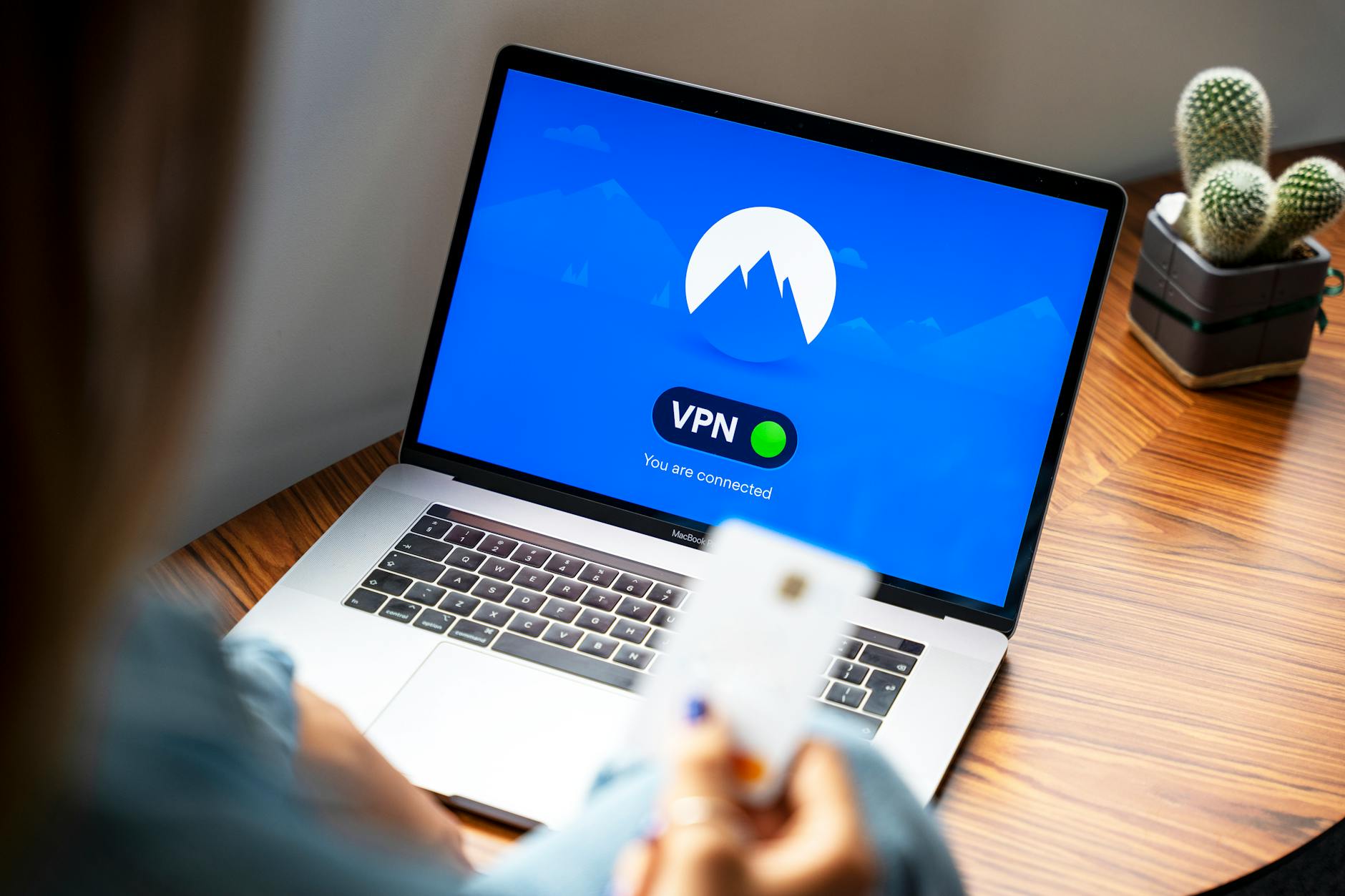Well this has gotten trickier and trickier. It used to be that if you wanted to get a trip on United, then you would have to accumulate United Mileage Plus points at 1 per mile and you were off and to the races. Now this has gotten really complicated so you have to consider in this example (but true for any ultimate supplier)
- United of course can generate miles and be a supplier of free tickets 🙂 A United point is valued by folks (I use The Point Guy) at 1.4 cents/point, so if you get a ticket valued above that, go for it.
- Star Alliance. United belongs to a network of airlines, so if you have miles on on of them (like ANA or Asiana or Singapore), you can actually get an award on United or vice versa.
- Bank reward programs transfers. These have transfer partners, so Chase for instance transfers to United if you have a Chase Sapphire card. Amex transfers to Delta, etc. These typically transfer 1:1 into United…
- Bank program portals. While not usually a good deal, you can use the Chase, Amex or Citi or Bank of America,… to try to buy tickets. These are usually a 1 cent per point so not worth it. Most of these points are worth 1.7 – 1.9 cents, so if you get a redemption value above this go for it.
- Hotel partners. The same deal with hotels with SPG being a popular one since it is quite valuable. Again there are transfer ratios
So now if you want a redemption things go like this if you want say a United free ticket
- Go to The Point Guy’s valuations. This is his best guess at the worth of different points. In this example, I’m using the February 2018 valuations and these do fluctuate.
- Find the cost of the flight if you are just buying it. You should include both the cost and the value of the points that you get. For instance, if you are United customer then your status has an effect, you get more “points” (like 8x) for certain fare classes. As an example if the ticket costs $600 and you get 5,000 MileagePlus points, then the true cost to you is $600 – (5,000 points x 1.4 cent/point) = $530
- Figure out if there is availability and see what the cost in. In this example, say it costs you 20K points to get it, then the value is $530/20K points or 2.6 cents/point. The hint here is to look at the regular TPG evaluations and in this case, it is well above the estimate 1.4 cents, so you want that ticket!
- Now see if you can do better by trying other airlines and see how their redemptions work on say United, yes you could try every Star Alliance member, but hint, ANA is typically a good one at 1.4 cents/point. Each will have different “fuel surcharges” (have you ever noticed that when fuel prices go down, these keep going up). Many European airlines have “surcharges” that are more expensive than buying the ticket!
- Then try to see if a bank rewards program has a transfer “through” an airline you don’t normally use. for instance, you might have an ANA account that is mainly for this purpose. So for instance, if it turns out that you want this and you only have 1K United points, it makes sense to transfer 19K points from Chase to get to 20K, the United points are worth 1.4 cent and the Chase points are worth 2.1 cents and these are both below the 2.6 cent value and you are doing great.
There are definitely times when you won’t get such a great deal, so that is where judgement comes in. Most of time, I don’t do redemptions at 1 cent per point (which is the floor for just buying through a travel portal.





